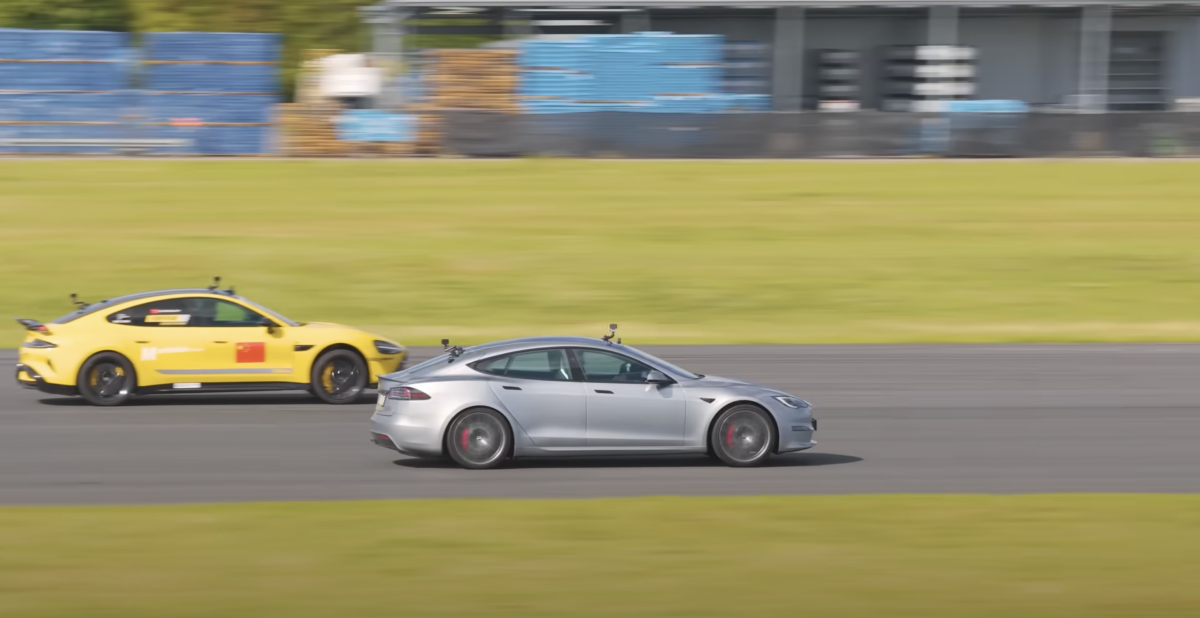The emergence of the Xiaomi SU7 Ultra as a contender against Tesla's Model S Plaid marks a significant shift in the electric vehicle landscape, challenging the long-held dominance of Tesla in performance metrics. The recent drag race showcased the SU7's impressive specifications, boasting 1,548 horsepower and 1,305 pound-feet of torque, which theoretically positions it as a formidable rival. However, initial rounds revealed the SU7's struggle with cold tires and battery management issues, allowing the Plaid to secure an early victory. As the race progressed, the SU7 demonstrated its potential, achieving a remarkable 9.3-second quarter-mile time, surpassing the Plaid's previous record. Yet, the race highlighted the critical importance of launch consistency and reliability, areas where Tesla continues to excel.
The key takeaway from this competition is that while the Xiaomi SU7 Ultra showcases impressive power and features at a competitive price point, it still faces significant hurdles in achieving the reliability and performance consistency that Tesla has perfected. The SU7's victory in the final round underscores its capability but also reveals its vulnerabilities, such as overheating and power management challenges. As the EV market evolves, Xiaomi's entry could disrupt traditional paradigms; however, it remains to be seen whether it can fully challenge Tesla's established supremacy in the high-performance segment. The implications of this rivalry extend beyond mere performance metrics, potentially reshaping consumer expectations and competitive strategies in the electric vehicle industry.









